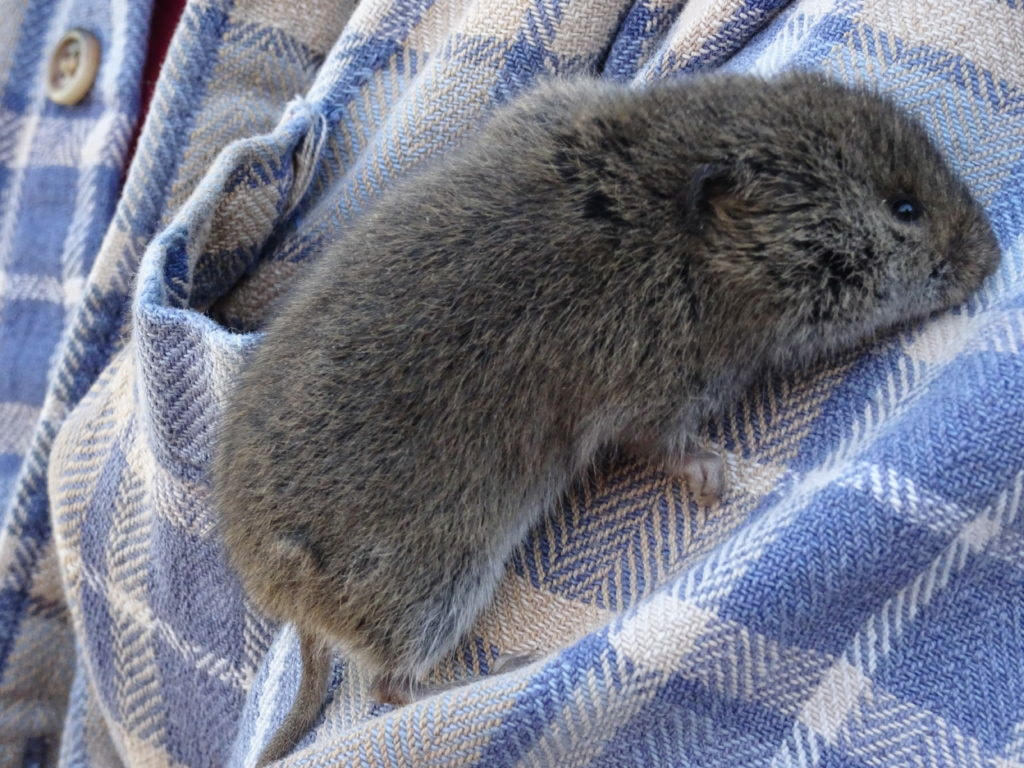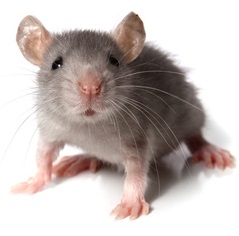Relied On Vole Control in Utah: Solutions for Your Property
Relied On Vole Control in Utah: Solutions for Your Property
Blog Article
Comprehensive Overview to Effective Vole Parasite Control: Infestation Identification and Treatment Techniques
In the realm of efficient pest control, vole infestations posture an one-of-a-kind challenge that requires a tactical technique. By exploring the subtleties of vole actions, recognizing vital indications of infestation, and assessing a variety of control options, one can develop a thorough approach to combat these evasive parasites.
Comprehending Vole Habits
Vole behavior is characterized by their delving practices and fast reproduction rates, making them a tough bug to manage properly. These small rodents usually produce detailed passage systems underground, using them for sanctuary, food storage, and transport. Voles are herbivores, eating a selection of plants, bulbs, lawns, and origins, which can create substantial damages to gardens, orchards, and lawns. Their rapid reproductive rate further makes complex control efforts, with women efficient in creating numerous litters in a solitary year, each including several offspring.
Understanding vole behavior is important for effective bug control strategies. By determining their burrow locations, monitoring feeding locations, and carrying out targeted control approaches, such as capturing or habitat alteration, vole problems can be managed effectively.
Indications of Vole Infestation

Avoidance Techniques
Implementing reliable avoidance strategies is critical in lessening vole invasions and safeguarding plants from their damaging feeding behaviors (vole yard damage). To stop vole problems, it is important to start by getting rid of possible food sources and shelter. Keep grass and vegetation trimmed short, get rid of weeds and particles, and maintain a tidy garden or grass to make the location much less appealing to voles. Mounting barriers such as hardware fabric or below ground fence can likewise aid hinder voles from going into specific locations. Furthermore, decreasing excess dampness by taking care of leaky pipes and making sure correct water drainage can make the atmosphere less hospitable for voles.
Frequently examining the residential or commercial property for indicators of vole task, such as paths and burrow openings, is essential for very early detection and prompt action. If vole activity is thought, consider using repellents or traps purposefully positioned near their pathways.
Non-Lethal Control Approaches
To properly handle vole populaces while focusing on gentle methods, non-lethal control methods offer practical solutions for minimizing vole damage in landscapes and yards. These obstacles can be hidden at the very least 12 inches deep and bent at a 90-degree angle to stop voles from tunneling below.

Lethal Control Options
One reliable method for addressing vole infestations in gardens and landscapes entails the critical use of lethal control choices. When faced with a serious vole problem that non-lethal techniques have actually failed to consist of, implementing dangerous control measures ends up being essential. One frequently employed deadly control choice is using snap traps. These catches are developed to rapidly and humanely kill voles upon activation, making them a preferred option for many gardeners and landscaping companies. To boost the performance of snap catches, it is suggested to position them in areas where vole activity is high, such as along paths or near burrow entries. An additional lethal control alternative is the utilization of hazardous baits especially developed to target voles. These baits have toxin that is consumed by the voles, leading to their eventual demise. Care has to be exercised when utilizing harmful lures to prevent injury to non-target pets or pet dogs. In general, when employing dangerous control alternatives, it is necessary to do so sensibly and according to neighborhood laws to successfully manage vole problems.
Final Thought
Finally, effective vole insect control requires a detailed understanding of vole behavior, recognition of signs of problem, execution of prevention methods, and utilization of both deadly and non-lethal control methods. By combining these approaches, individuals can effectively take care of vole populations and safeguard their building from damages. It is essential to deal with vole problems without delay to avoid further problems and reduce the effect on the surrounding atmosphere.
Provided the complex tunnel systems and fast reproduction prices characteristic of voles, recognizing the signs of vole infestation becomes necessary in effective pest control. One of the primary indicators of vole visibility is the presence of surface paths or trails in turf or snow, typically concerning 1-2 inches wide, vole control utah developed as voles travel in between their burrows and food resources.To efficiently handle vole populaces while focusing on humane approaches, non-lethal control strategies use useful remedies for lowering vole damages in landscapes and yards.One reliable method for addressing vole invasions in landscapes and gardens entails the tactical usage of dangerous control alternatives. vole yard damage.In final thought, efficient vole insect control requires a comprehensive understanding of vole habits, recognition of indications of infestation, implementation of avoidance approaches, and usage of both non-lethal and lethal control methods
Report this page